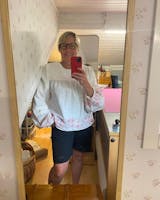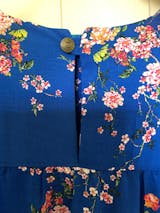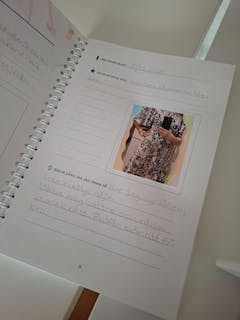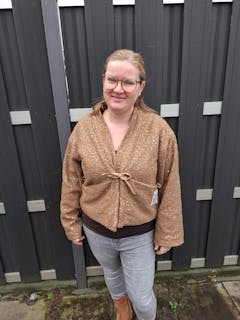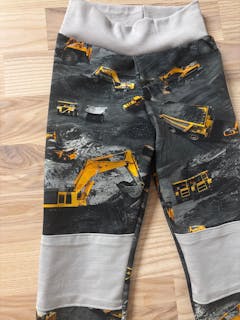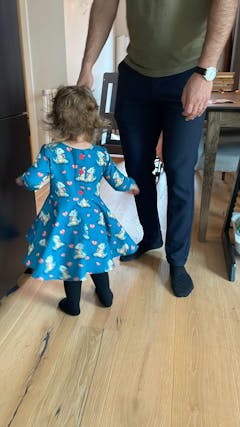See the fabric & supplies requirements chart among the pictures.
YOU WILL NEED:
- Light-weight fabric. Millie gets a voluminous look in crisp, stiff fabrics with body such as poplin, seersucker, double gauze, batiste and sheeting fabric. These fabrics are also generally easy to sew. How about using a pre-loved duvet cover for your blouse?
You can also choose to work with soft, drapey fabrics such as viscose, satin, crepe and chiffon, which will give Millie a more slim and fluid look. Note that this type of fabrics can be more challenging to work with due to being more fluid and/or shiny.
You can also sew in light-weight knit fabrics such as jersey (I primarily recommend tencel-, viscose- or bambu jersey, but cotton jersey works too).
- 3 buttons if you want to sew the back yoke’s closure with buttonholes and buttons. Recommended size: 10-15 mm in diameter.
- 1 shank button, 10 mm in diameter, if you’ve chosen to sew the keyhole back.
- Light-weight fusible interfacing, to stabilize the back yoke. I recommend Vlieseline H200 or H609. Generally the interfacing needs to be as light or lighter than the fabric.
USEFUL TO HAVE:
Tape measure, fabric scissors, pins/clips, steam iron, sewing machine with coordinating polyester thread.
Suitable needle for your fabric: For light-weight woven fabrics it’s usually recommended to use a universal needle, or a microtex needle. For knit fabrics, use a stretch needle. A general recommendation is to use needle size 70 for very light-weight fabrics and 80 for light-weight fabrics.






































